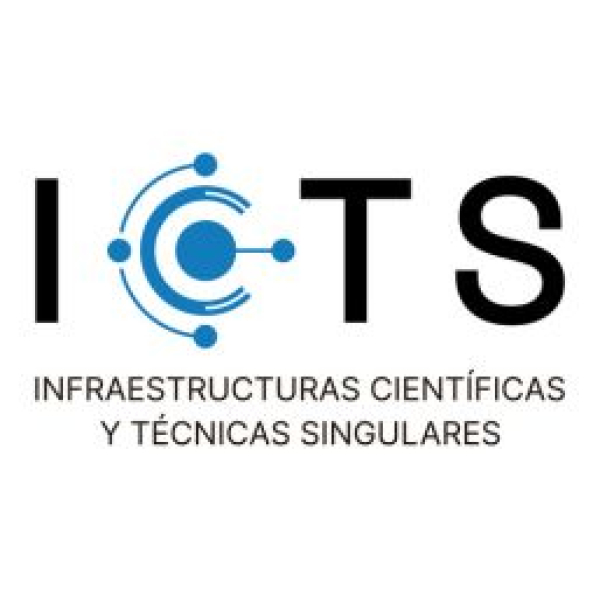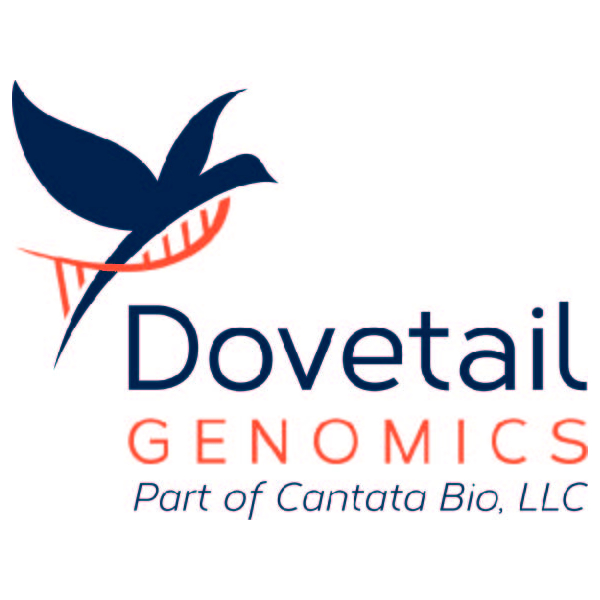
- A scientific study published in the journal _Molecular Psychiatry_ identifies new genes involved in autism, a polygenic disorder that is difficult to diagnose and treat.
- Whole exome sequencing performed at the CNAG allowed researchers to determine new candidate genes in the research on autism genetic bases.
Looking for new candidate genes
Autism spectrum disorders (ASDs) represent a group of neurodevelopmental disorders which affect one out of 80-100 children. Autism’s aetiology remains mainly unknown but there is strong evidence that genetic factors play a major role. An active international research has been carried out for several years in order to identify candidate genes which explain the origin and development of the disease.
Bru Cormand, head of the Research Group on Neurogenetics at the Department of Genetics of the UB, affirms that “studies made with monozygotic (genetically identical) and dizygotic twins show that genetic factors play a major role in the aetiology of the disease”. Therefore, “if a monozygotic twin has autism, the likelihood that the other twin also has the disease is 60-90%; however, if they are dizygotic twins, the probability is reduced up to 20%”, states the expert. This proves that genetic factors play a major role in the aetiology of the disease, but the association between the disease and one person’s set of mutated genes remains uncompleted.
Inherited mutations in autism: a new perspective
To date, studies on autism genetics were mainly focused on de novo mutations —the ones that appear in a child but they are not present in progenitors— in families with one child affected. However, the work published in Molecular Psychiatry and first signed by the expert Claudio Toma provides an innovative view on the study of ASDs genetics: “It is the first time that mutations transmitted to children by any of the progenitors are studied in a genomic perspective. In total, ten families in which two or three children have autism were analysed”, details Bru Cormand.
The research is based on whole exome sequencing (WES), which is the part of the genome translated into proteins. This innovative and quite recent technique has been performed at the CNAG and is a really effective strategy to diagnose hereditary diseases. The study, which has identified more than 200 rare variants inherited by children, determines that genes YWHAZ and DRP2, among others, are new candidates in the research on autism genetic basis.
The research shows that most frequent mutations are the ones which give rise to truncated proteins, shorter and non-functional. Some of the genes identified in the study are also mutated in patients of other neurological and mental disorders (epilepsy, attention deficit hyperactivity disorder, intellectual disability, dyslexia, etc.). “For instance, the gene YWHAZ, involved in neuronal migration and plasticity, is associated with other diseases such as schizophrenia”, explains Cormand. “Therefore, findings support —adds the researcher— the idea that genetic factors play a major role in these diseases”. Moreover, according to Claudio Toma, “more inherited truncated mutations mean lower intelligence quotient in an autistic person”.
Autism: a cumulative effect
The research shows that children need to inherit a certain number of variants in order to develop autism. “Inherited genetic factors may have a cumulative effect; therefore, the disease would only appear if a certain number of variants are inherited”, explain researchers. Interaction between different affected genes may also occur; this should be investigated in the future.
To identify the genes associated with autism spectrum disorders is fundamental to find targets to develop effective treatments for patients. It is necessary to promote new projects to define patients’ genetics, identify which are the most important genes and develop new genetic diagnosis tools.
Cormand points out that “genetic profile will not be identical in all patients, but we hope to find a shared part”. The researcher concludes that “there is plenty of work to do in order to attain a genetic diagnosis of the disease; however if genetic basis knowledge goes further, new therapeutic intervention could be fostered and autism will stopped to be only treated by palliative and unspecific strategies”.
Researchers who participated in the research are: Bru Cormand, Claudio Toma, Bàrbara Torrico and Alba Tristán, from the Department of Genetics and the Institute of Biomedicine of the UB (IBUB), Concepció Arenas from the Department of Statistics of the UB, Mònica Bayés, researcher from the CNAG, and the groups led by Amaia Hervás, coordinator of the Child and Adolescence Mental Health Unit at the Mutua de Terrassa University Hospital, and Marta Maristany, from Sant Joan de Déu University Hospital.
This research was supported by La Marató de TV3, the Spanish Ministry of Economy and Competitiveness, the Alicia Koplowitz Foundation and the Centre for Biomedical Network Research on Rare Diseases (CIBERER).
Source: Universitat de Barcelona
Work of reference:











